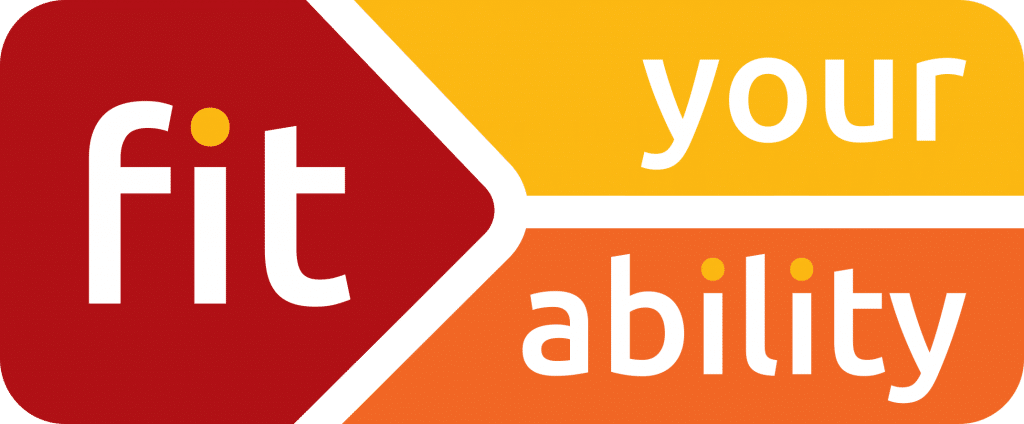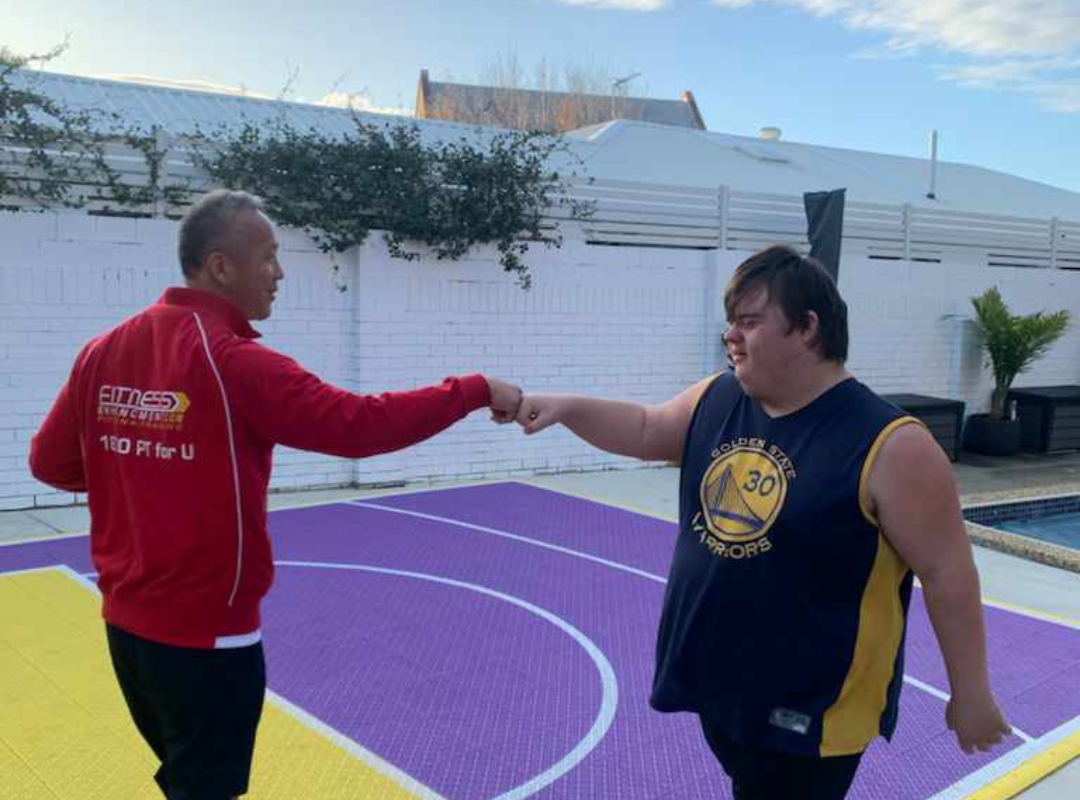How Can I Exercise With A Disability?
Exercising with a disability can seem like a daunting task, but with the right accommodations, it is possible.
There is no one-size-fits-all exercise solution for all, given that there are many different types of disabilities. However, some general tips can help make exercising with a disability easier and more enjoyable. In this blog post, we will explore a few of these tips.
Choose the Right Exercise
The first step in finding success in exercising with a disability is to choose the right exercise. Not all exercises are created equal, and some may be more difficult or dangerous than others depending on your particular disability. For instance, if you have a condition that affects your balance, you may want to avoid exercises that require standing on one leg. Similarly, if you have trouble using your arms or hands, you may want to avoid exercises that require lifting weights overhead. Thus, it is important to consult with an allied health professional such as an exercise physiologist or an NDIS-registered Personal Trainer before starting any exercise program to ensure that you are choosing the safest and most effective exercises for your needs. You can always ask a doctor or allied health provider if a Fit Your Ability Personal Trainer can cater to your disability.
Accommodate Your Disability
Once you have chosen the right exercises for your needs, the next step is to accommodate your disability. This may mean modifying the exercise itself or using adaptive equipment. For instance, if you have trouble walking, you may want to consider swimming or using an elliptical trainer instead. Or, if you have trouble gripping a traditional weight, you may want to try using a weight with a thicker handle or resistance bands instead. There are many different ways to accommodate different disabilities, so it is important to consult with a qualified professional to find what will work best for you.
Find A Supportive Community
Exercising with a disability can be isolating, so it is important to find a supportive community. This could be an online community or a local support group. Fit Your Ability covers 7 major cities Australia-wide. If you are on Gold Coast, Brisbane, Sunshine Coast, Ipswich, Newcastle, Sydney, or Melbourne, we have a team of supportive NDIS Personal Trainers and support workers who are ready to accompany you in this journey and keep you motivated on your goals. Being able to share your experiences and get advice from others who understand what you are going through can make all the difference in staying motivated and committed to your exercise routine.
If you have an NDIS package, you may want to use that for a Personal Trainer with Fit Your Ability. We are registered to the seven-line items such as Assistance With Daily Personal Activities, Development Of Daily Care And Life Skills, Household Tasks, Participation In Community, Social And Civic Activities, Group And Centre-Based Activities, Exercise Physiology And Personal Training, and Innovative Community Participation. Given the broad support we can provide, those who do not qualify for personal training under NDIS support may still inquire and we may still likely be able to help you.
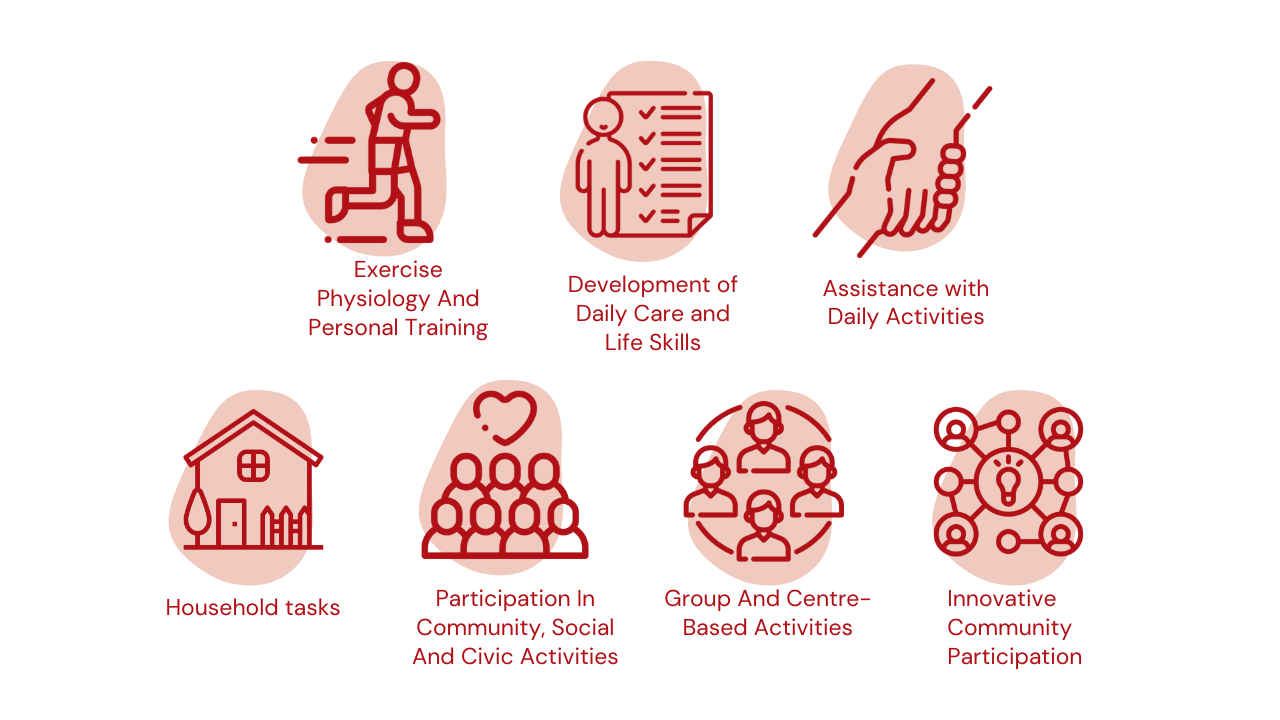
NDIS 7-line items of Core and Capacity-building categories
Our team is here to help you achieve the best version of yourself. If you or someone you know needs assistance accessing the NDIS, get in touch with us. We would be happy to provide more information about the NDIS and how we can help.
Related Posts
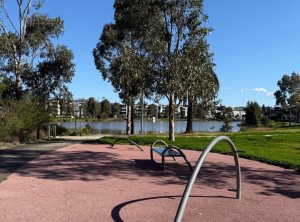
Inclusive Fitness in Jordan Springs Village Centre Lake
Inclusive Fitness in Jordan Springs Village Centre Lake If you’re looking for inclusive fitness options in Penrith, the Jordan Springs Village Centre Lake is the
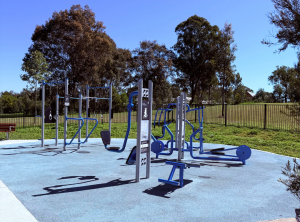
David Currie Playspace: An Accessible Exercise Park in St Clair
David Currie Playspace: An Accessible Exercise Park in St Clair If you’re looking for an inclusive and accessible place to enjoy the outdoors in Western
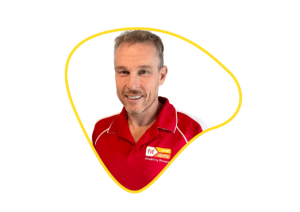
Join Million Moves Now
Join Us for Million Moves 2025! Did you know 75% of Australians don’t get enough movement to meet the minimum exercise requirements?For people living with
